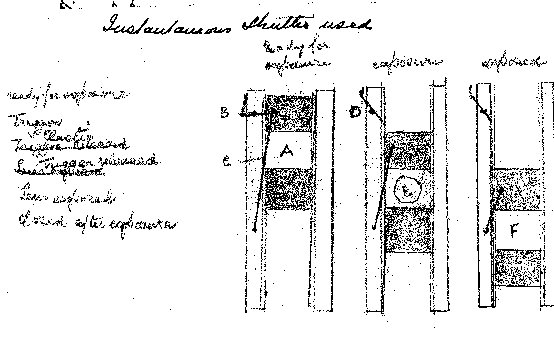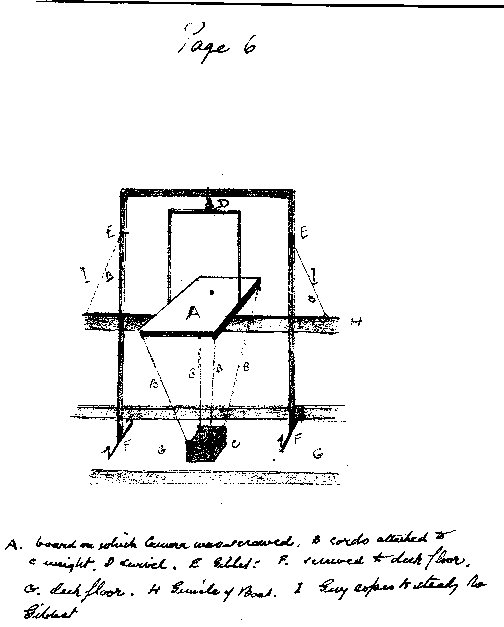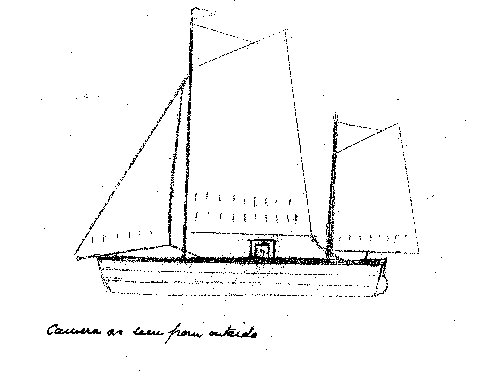
Home
Sea Salts and Celluloid
A.J.West's
Instantaneous Shutter
In his (unpublished) Autobiography 'Sea Salts and Celluloid' written in 1935, Alfred West writes:
"Though I had been a photographer for some time before the advent of dry plates, yet, until then, I had not been able to fulfil my great ambition, which was to photograph racing yachts under full sail. I was the first to attempt to do so as soon as it became possible, and my first pictures were obtained during a regatta held off Southsea beach by the Royal Albert Yacht Club in 1881. 1 took six exposures in all, and was highly delighted with the results. For the next regatta held by this club I was able to obtain views from the Committee boat at much closer quarters than formerly. But though they were more striking than my previous pictures, what I really wanted to do was to photograph the big cutters. So it became necessary for me to sail my own boat and manoeuvre into favourable positions from which to secure shots after my heart’s desire.
I had a little yawl in which I rigged up a contrivance for supporting my camera, which was too heavy to hold in the hand. Over the yacht’s well I arranged a frame of iron tubing, from which was slung a board on which the camera was clamped, and from each corner of this board hung a stout cord tied to a large weight resting on the floor. The camera could thus be kept steady, but at the same time could be turned in the direction from which my next subject was approaching.
To photograph objects in motion it is necessary to use an instantaneous shutter, and since no such thing was then in existence, I had to invent one myself. A flat piece of wood with an aperture in it was arranged to slide across the lens, and this was actuated by an elastic spring which could be released by a simple lanyard. Nor was such a thing as a view-finder existent at that time, but I used to get very good results by simply levelling the camera and aiming the top of it at the cross-trees of the oncoming vessel. I soon became adept at judging distances, and used to know to within a fraction how large the yacht would appear on the plate.
I managed to secure some photographs which astonished the yachting world, and for the artistic merit of which, in all, I was awarded over 60 medals by the different photographic societies. So praiseworthy was my work considered as a whole by the St. Louis Convention of America that I was awarded their coveted Gold medal, for which eight countries competed. I attribute my success to my careful study of light and shade on the sails of the craft of which I took photographs, for in this way I could often produce very beautiful effects.
I kept my gadgets very much to myself, with the result that no-one could understand how I obtained such results, and indeed, the judges of the first exhibition in which I entered any of my pictures would not believe that my picture of Lord Cecil’s yacht "Chittywee" was not elaborately retouched. Much discussion in the press resulted from this, and finally the negative was examined and the judges were proved wrong."

Diagram of the shutter mechanism

Arrangement for camera Gimbal in Yawl

Location of camera in Yawl